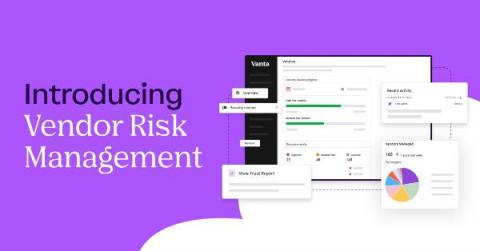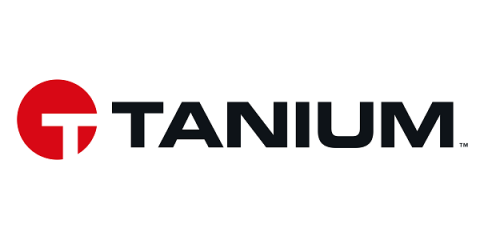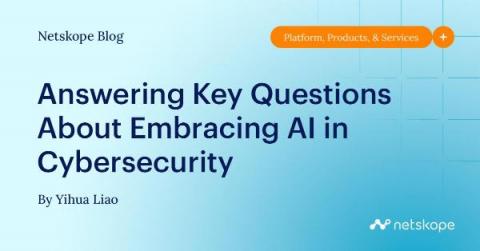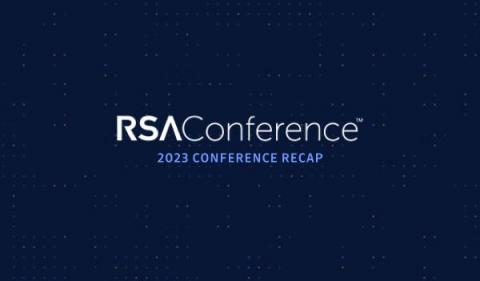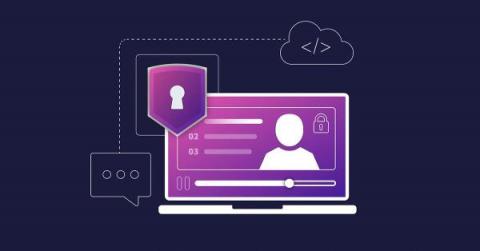A new way to proactively manage third-party risk: Vendor Risk Management
Businesses are using more SaaS applications than ever, with an average of 110 apps per organization. This proliferation of third-party applications means increasingly more customer and employee data is handled by external vendors. Ensuring your third-party vendors are secure by tracking risk, conducting reviews, and responding to issues is a security best practice and compliance requirement. Unfortunately, this process is often a manual — and expensive — one.


